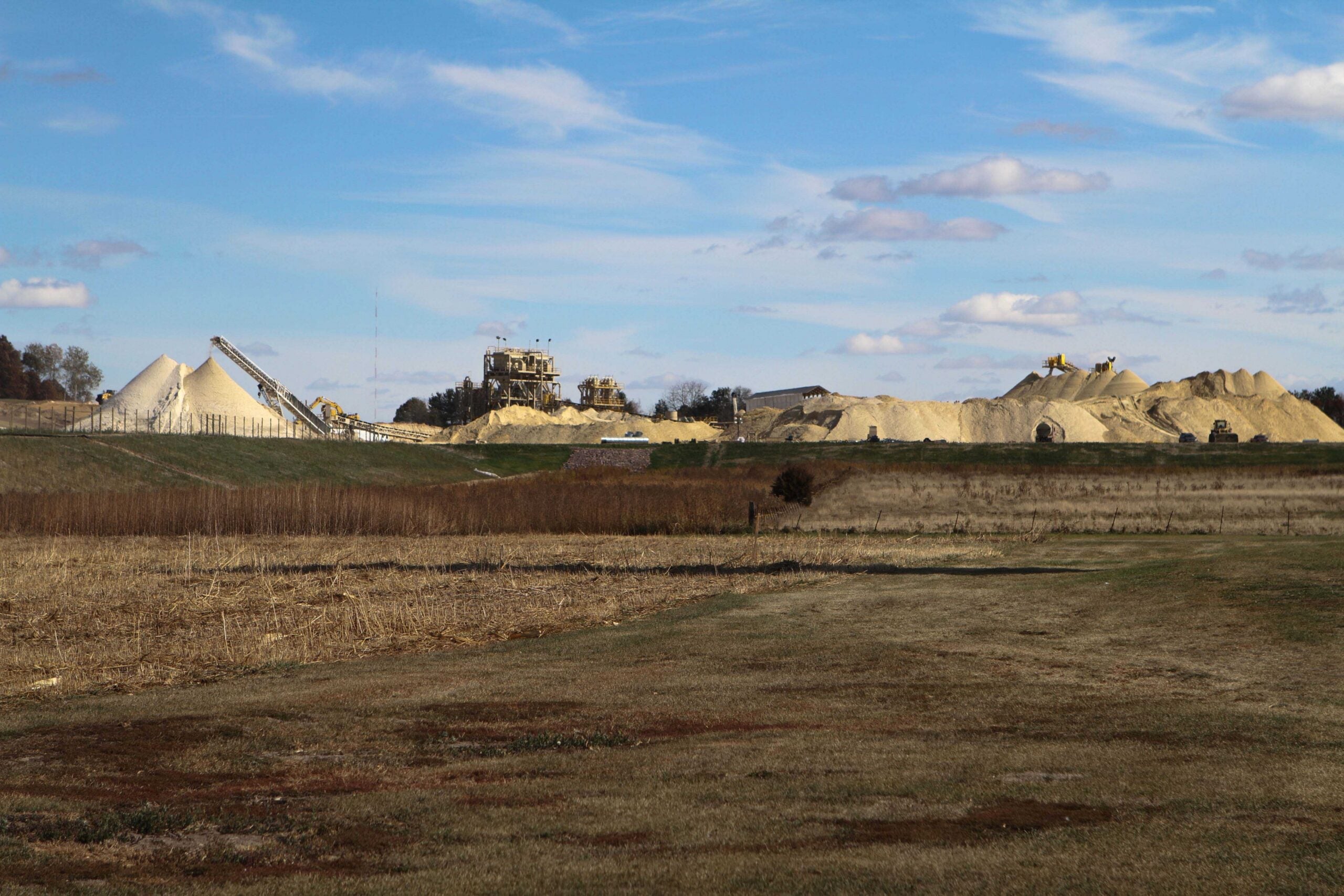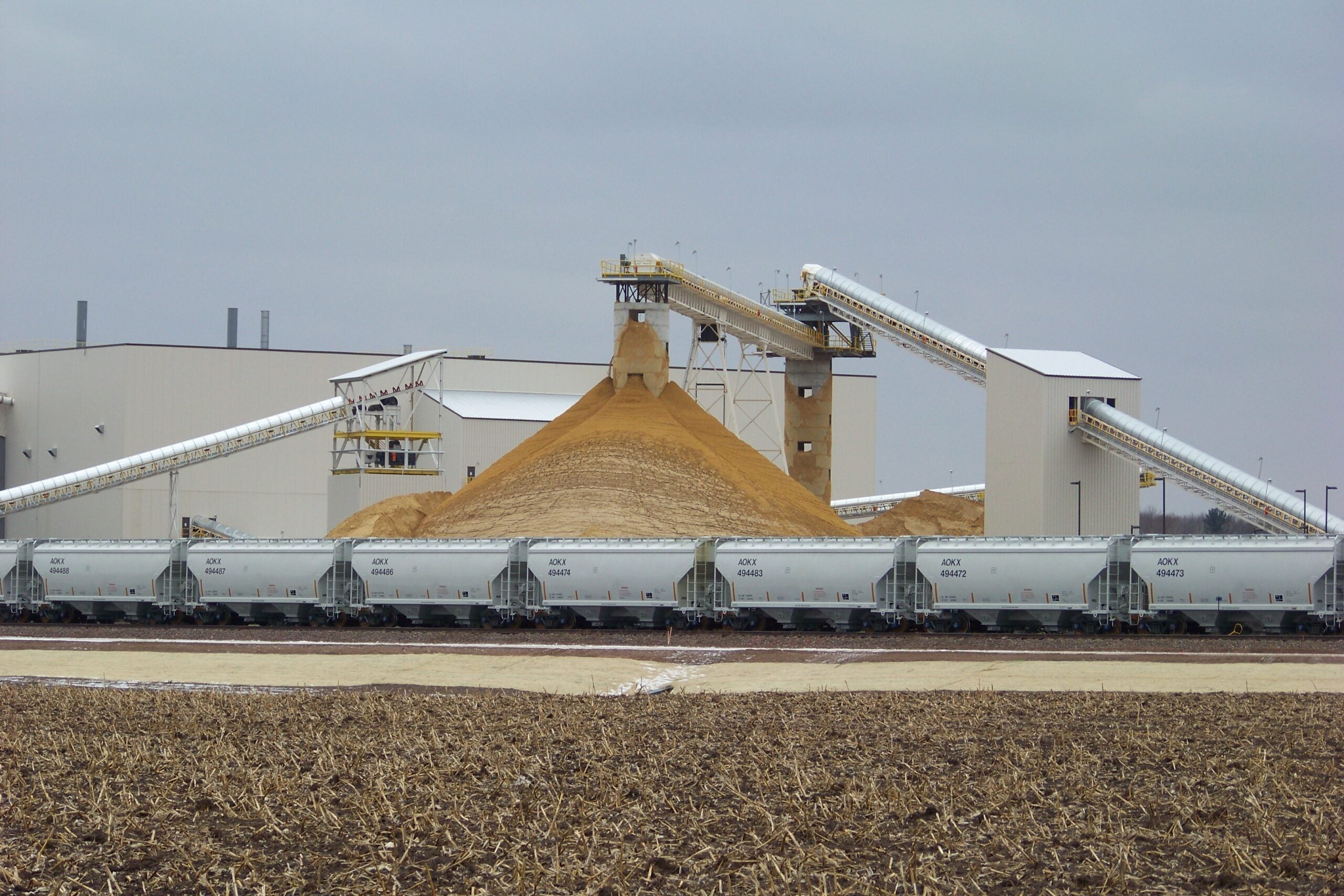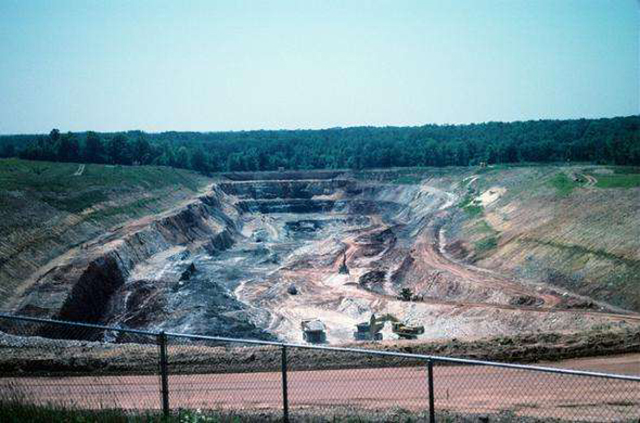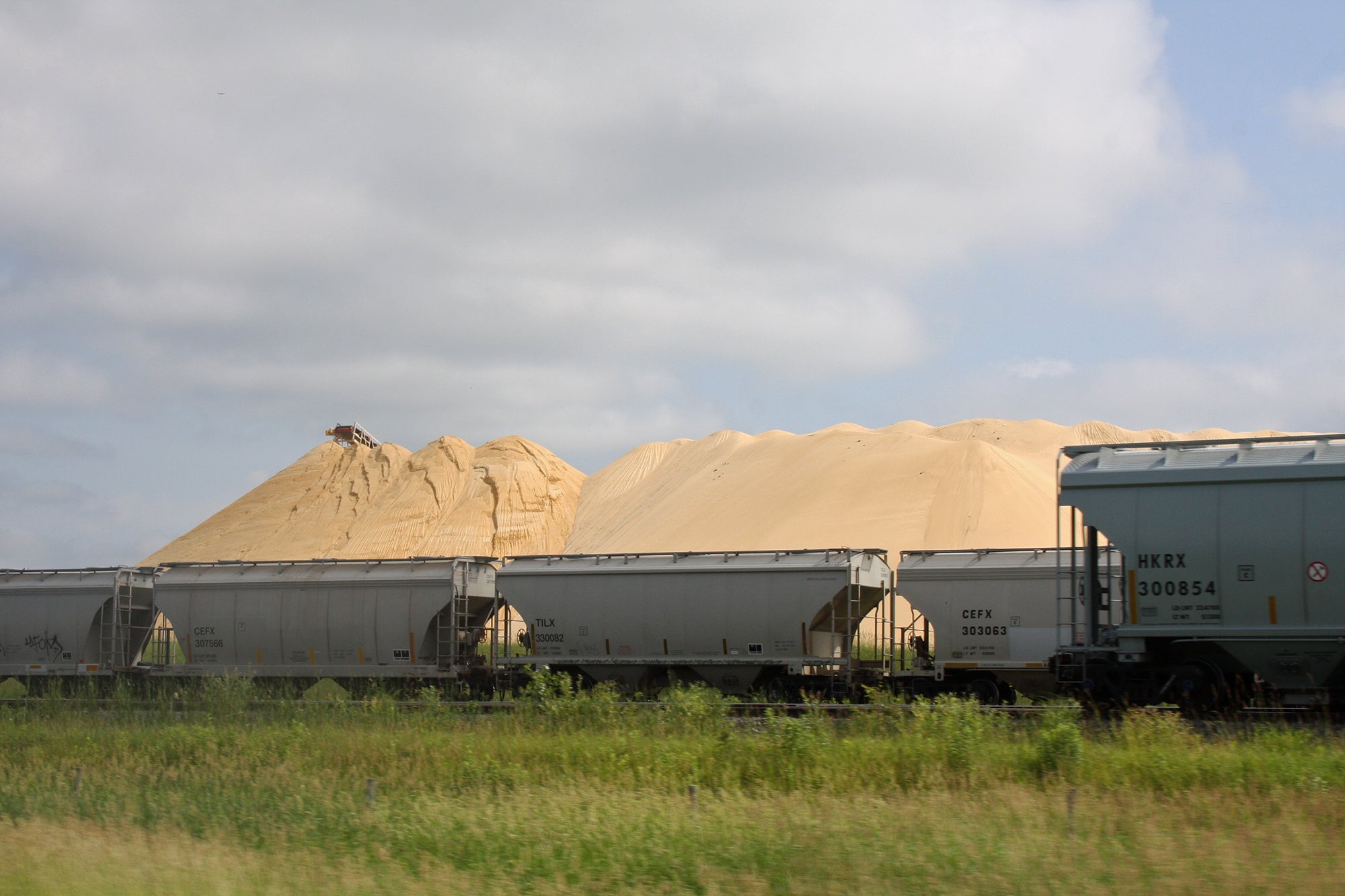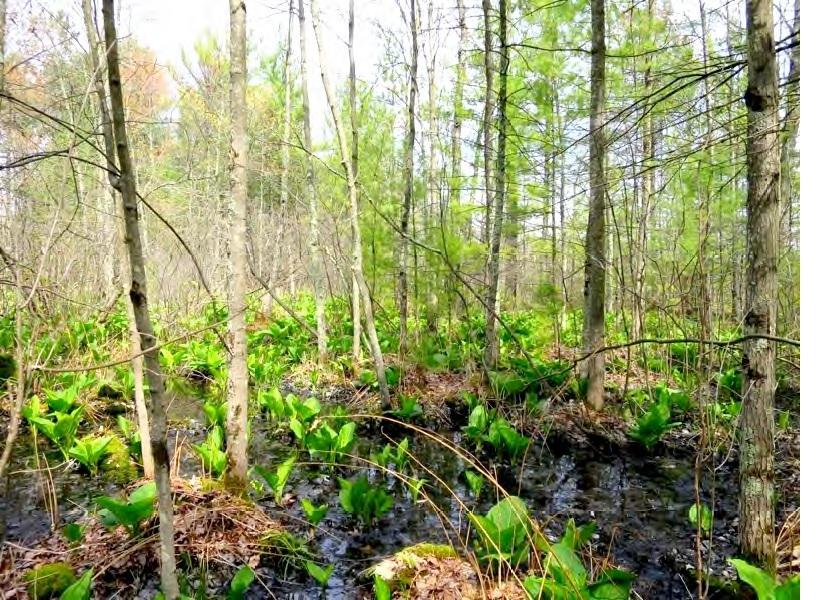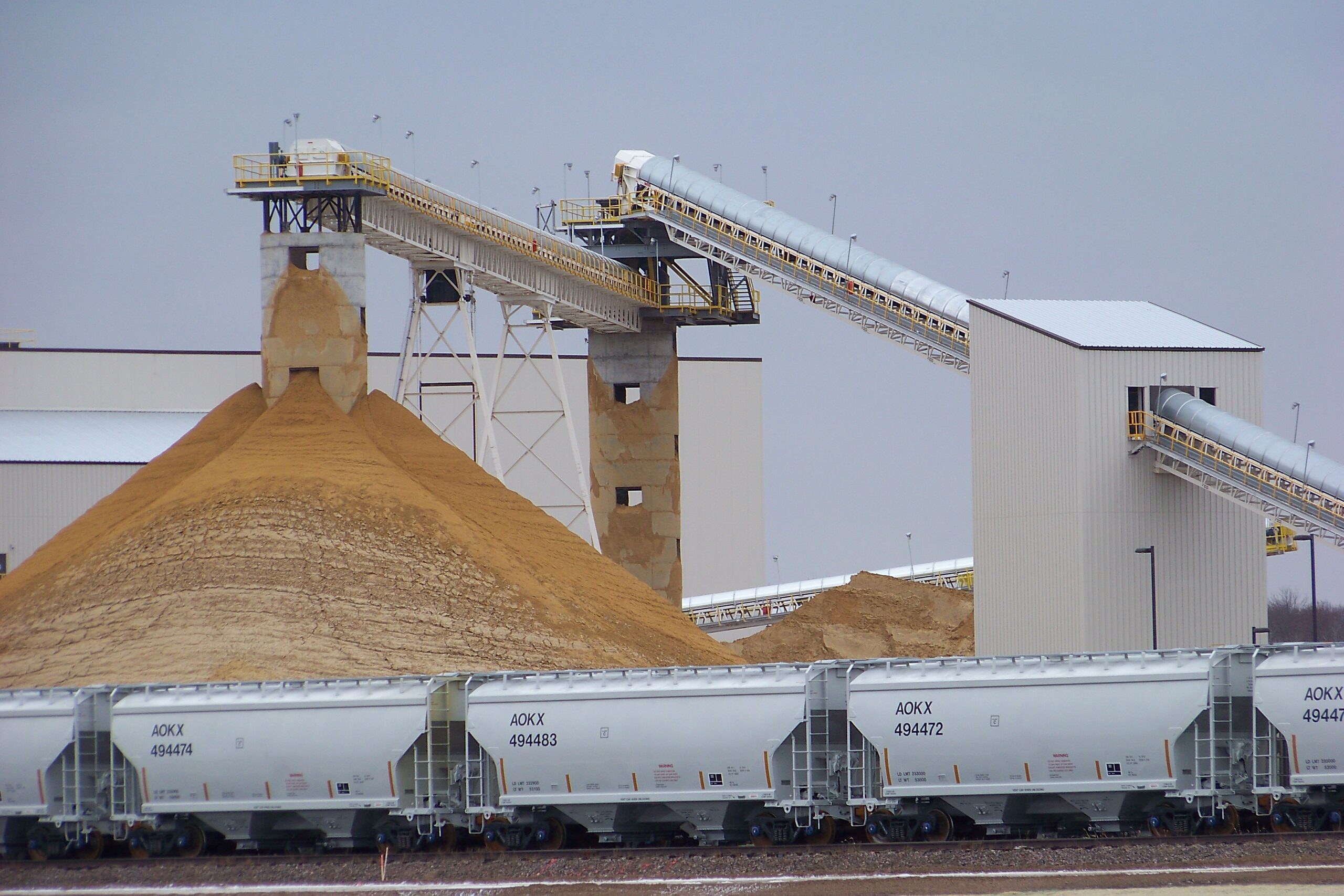A first-of-its-kind study is underway in Chippewa County to learn how to repair soil damaged by frac sand mining.
The Department of Natural Resources says there more than 120 permitted frac sand mines in the state. When it comes to filling those mines back in, regulations are pretty basic: Topsoil must be replaced, erosion has to be controlled, and groundwater cannot be harmed. What happens to the land after a mine is filled in, however, is not entirely clear.
That’s why Chippewa County is teaming up with the University of Wisconsin-River Falls and University of Wisconsin-Madison to learn how to rebuild the soil structure. Dan Masterpole, the county’s land conservationist, said the first step is learning what is being disturbed.
Stay informed on the latest news
Sign up for WPR’s email newsletter.
“There were really never any environmental impact studies done before the beginning of these mining operations,” said Masterpole. “This work will serve to document some of the natural functions and values of the land that is being mined.”
With a baseline, they’ll begin test plots at two industrial sand mines in Chippewa County. They’ll take the disturbed soil and add things like manure, crop waste and even leftovers from sand processing to see what plants and microbes like best.
Holly Dolliver, professor of soil science at UW-River Falls, said it’s about learning from nature. “The challenging thing about reclamation is you can’t reclaim immediately,” said Dolliver. “It takes time for the land to recover and we really want to have an opportunity to be able to look at how that recovery process takes place.”
The goal is to create best practices for frac sand companies to use when they start reclaiming their mines. The study will last three years and cost $232,000 with some of the money coming from frac sand permit fees.
Wisconsin Public Radio, © Copyright 2024, Board of Regents of the University of Wisconsin System and Wisconsin Educational Communications Board.

